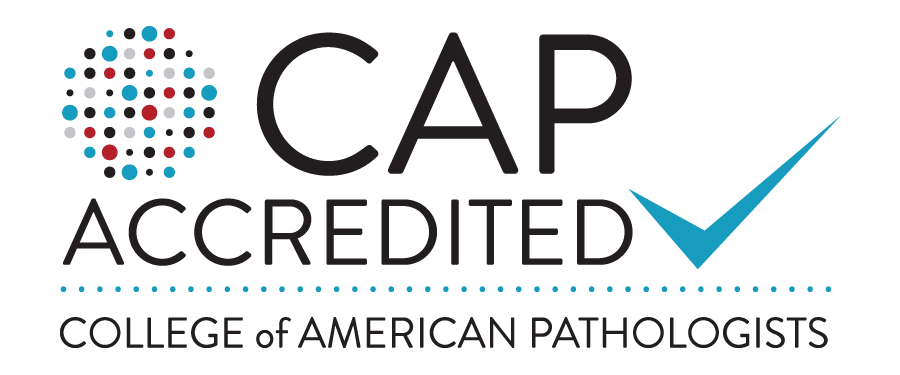Periodontal disease, or gum disease, has two stages. The first stage is called gingivitis which can be hard to identify without testing. Unchecked and untreated, these responsible pathogens and their toxins are left to infect and recede the gums as well as freely escape into the bloodstream. The second stage is called periodontitis. Hallmark symptoms of periodontitis include red, bleeding, and tender gums, loose teeth, bad breath, and gum recession, as well as high levels of escaping oral bacteria shown to significantly contribute to other systemic disease conditions.
There is much controversy over saying the disease can be cured. However, there is evidence supporting that, in some circumstances, it can be reversed to the point it is no longer detected. Evidence also shows you can heal and regrow gum tissue and close pocket depths with the right protocols. The key is identifying the pathogens and understanding what you are treating by testing every patient. Without testing, blanket treatments can be too aggressive in one way, cause unnecessary resistance, or could possibly not be aggressive enough. You can learn how to manage and even reverse this condition in either stage with proper home care and maintenance testing to track the progress.



